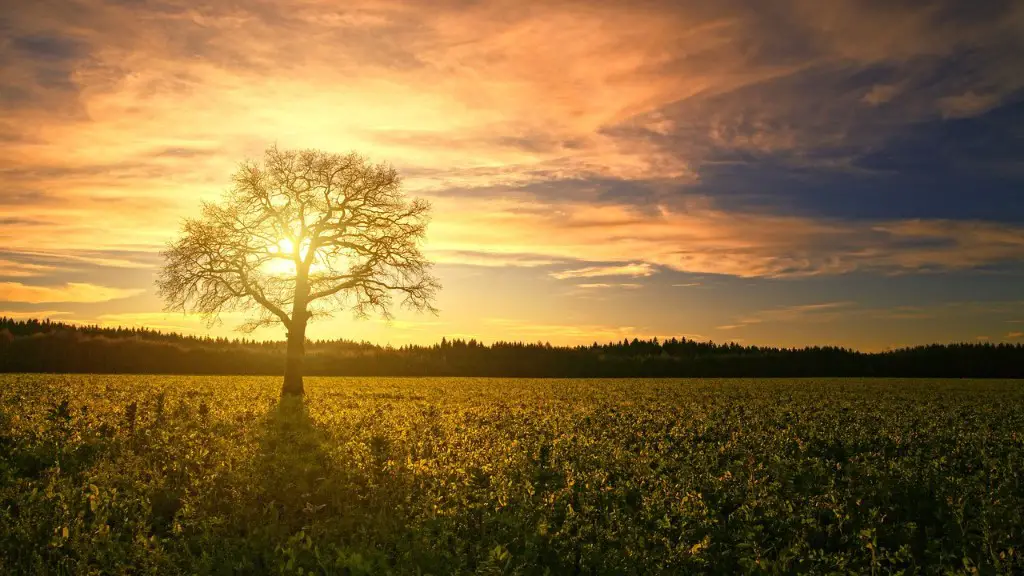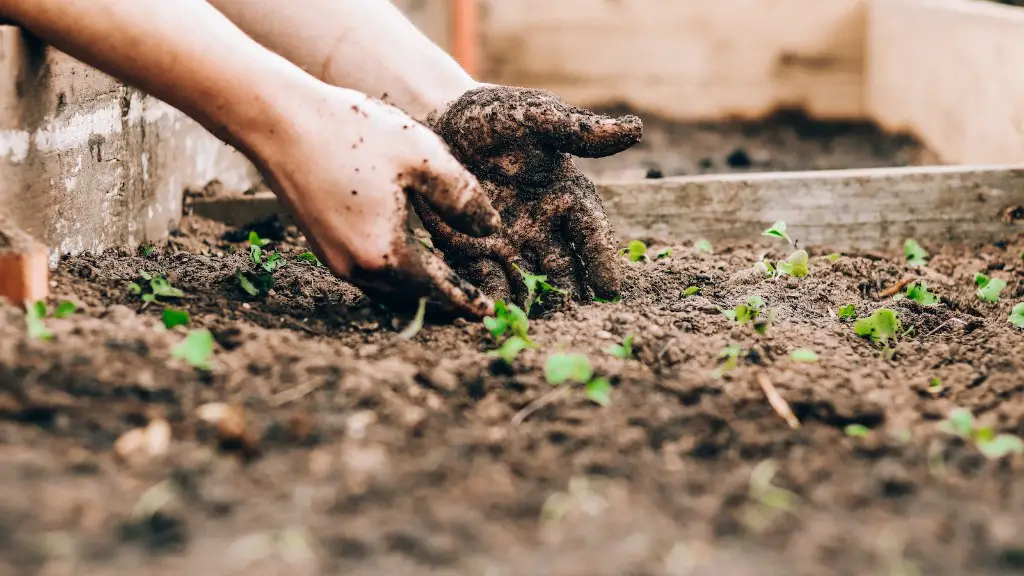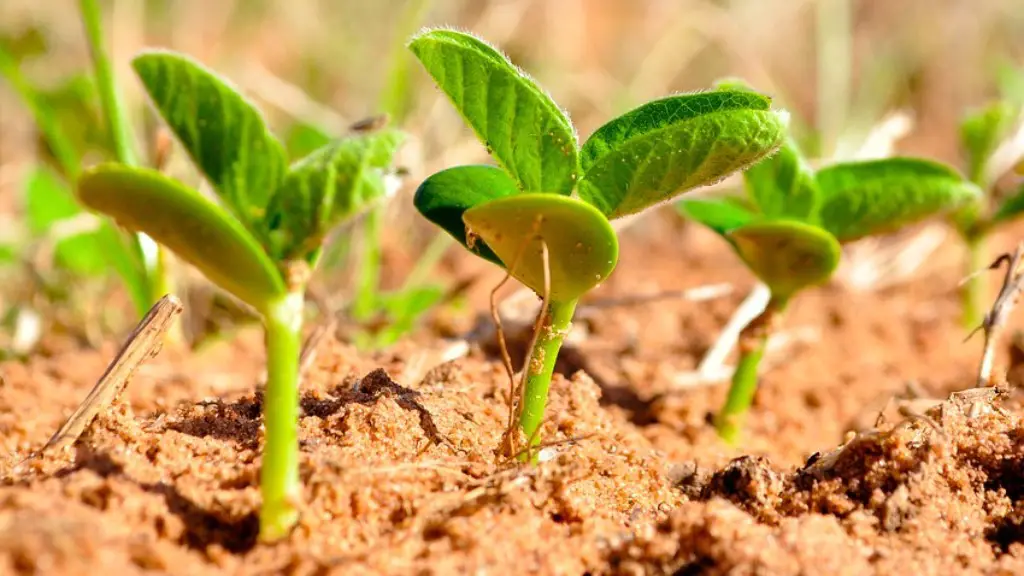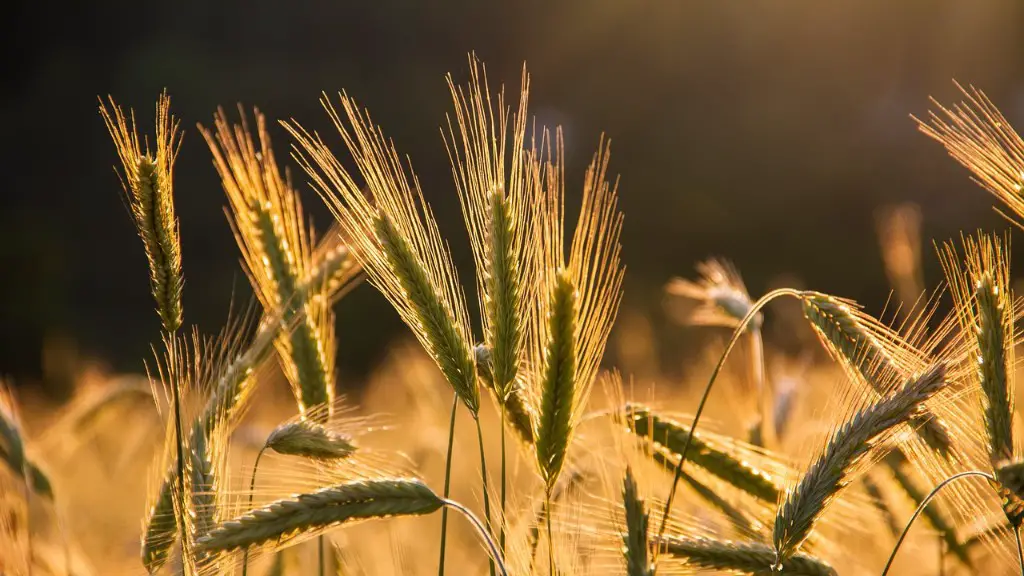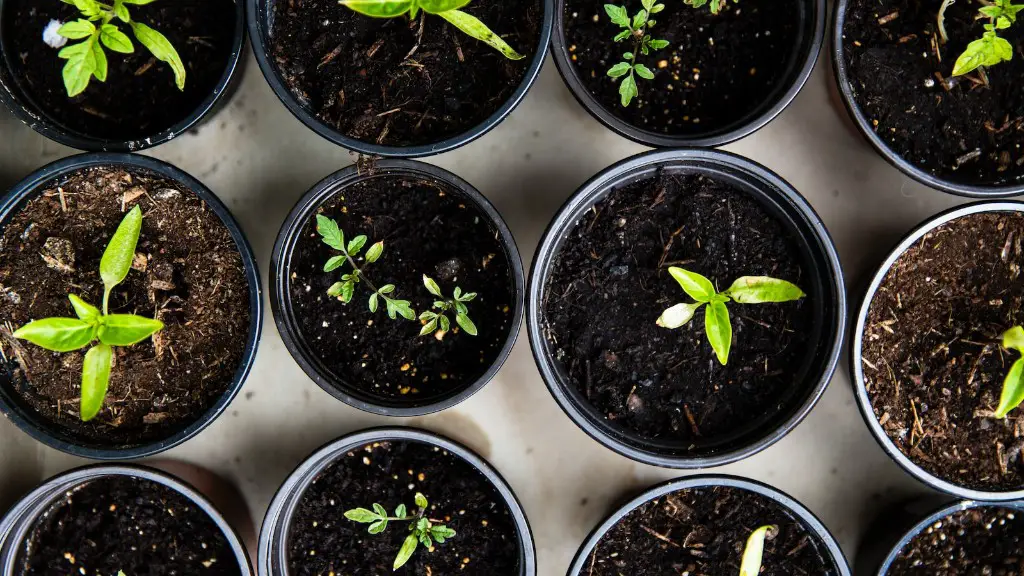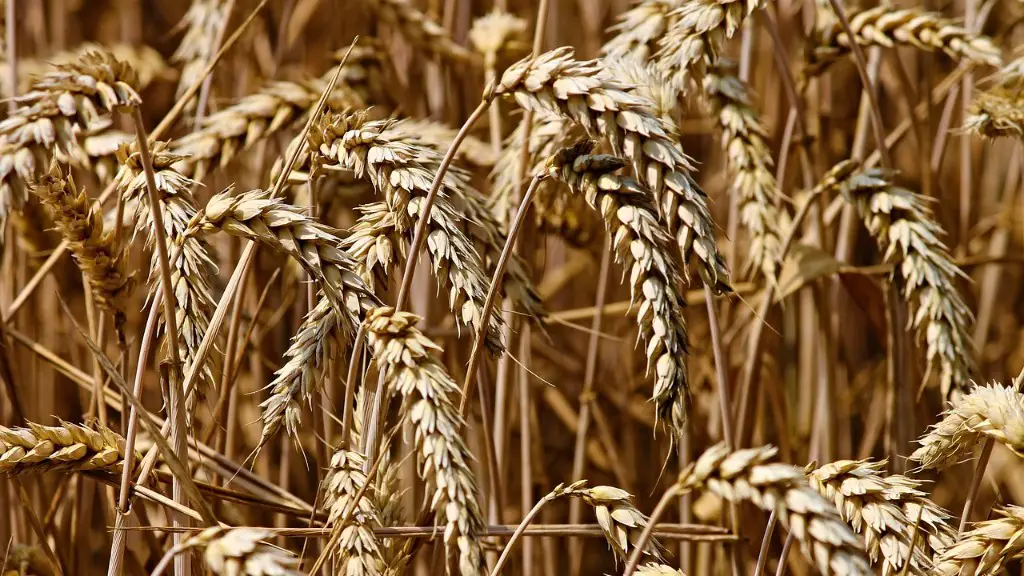In recent years, there has been a growing interest in low input sustainable agriculture (LISA). This type of agriculture strives to minimize the use of external inputs, such as chemical fertilizers and pesticides, while still maintaining high levels of productivity. LISA systems often rely on traditional knowledge and indigenous agricultural practices. They are often more labor intensive than conventional farming, but can be more economically and ecologically sustainable in the long term.
Low input sustainable agriculture (LISA) is an agricultural production system that aims to achieve high levels of agricultural productivity with low inputs of energy, labor, and capital. LISA systems are characterized by diversified production, relying on a mix of crops and livestock to maximize use of local resources and minimize environmental impacts. Management practices are targeted at minimizing soil disturbance, maximizing soil organic matter, and using water and other inputs efficiently.
What is low external input for sustainable agriculture?
Low external-input sustainable agriculture (LEISA) is a term that is used to define farming practices that are conducted with three main aims; environmental conservation, economic profitability as well as social equity. In simple terms, it can merely be referred to as responsible farming.
There is a lot of pressure on the agricultural industry to increase production in order to meet the demands of a growing population. However, this often comes at the expense of the environment and the well-being of the farmers themselves. LEISA aims to address these issues by promoting methods of production that are more environmentally friendly and sustainable in the long run.
One of the key aspects of LEISA is the reduction of dependence on external inputs such as chemical fertilizers and pesticides. These inputs can often be expensive and harmful to the environment. Instead, LEISA farmers focus on using local resources and traditional knowledge to produce their crops. This not only reduces costs, but also helps to preserve the environment.
LEISA is still a relatively new concept and there is much research being done in order to improve and refine the methods used. However, it is clear that this type of agriculture has great potential to help address some of the biggest challenges facing the world today.
The advantages of sustainable agriculture are many and varied, but it also has a few downsides. For example, it can take longer for farmers to carry out their farm operations, as they need to be mindful of the impact their activities have on the environment. Additionally, sustainable agriculture can be more expensive to implement, as farmers need to purchase environmentally-friendly products and equipment.
What are the advantages of low input sustainable agriculture
It is interesting to note that the low-input fields in the study used less fertilizer and chemicals, as well as had lower planting costs, compared to conventional fields. However, the rice yields in the low-input fields were lower than the conventional rice fields. This study provides valuable information for farmers who are interested in reducing their input costs while still maintaining a high level of production.
Water and soil are two of the most important factors for a farming site. Water conservation is the most important factor because it is necessary for the plants to grow. Soil conservation is also important because it helps to keep the soil from eroding.
What is high external input sustainable agriculture?
High external input agriculture (HEIA) is a type of farming that relies heavily on synthetic inputs such as chemical fertilizers, pesticides, and herbicides. This approach can lead to increased yields, but it can also cause environmental damage and degrade soil quality over time.
There is a big difference between the two approaches to agriculture. HEIA depends on the higher production and profit, without consideration of the local needs and local market 5 LEISA depend largely on local agro- ecological conditions and on local socioeconomic circumstances, as well as on Farmers’ individual needs and aspirations.
What are two 2 disadvantages of sustainable farming?
Sustainable farming has a lot of potential advantages, but there are also some significant disadvantages to consider. One primary disadvantage is that sustainable farms tend to be much smaller than mass-production farming operations. This means that they can only produce a limited amount of food, which can make meeting the needs of a growing population difficult. sustainable farms are also typically more labor-intensive, which can make them more expensive to operate. Additionally, the food produced on sustainable farms often has a shorter shelf life than food from mass-production farms, which can make distributing and selling the food more challenging. Finally, sustainable farming practices can take a long time to revive the fertility of depleted soil, which can make it difficult to implement these practices in areas where they are needed most.
The HEIA system stands for the high-external-input agriculture system. This system of farming is characterized by the use of large amounts of synthetic fertilizers, pesticides, and herbicides. Under this system, soil quality deteriorates, and there is resurgence of pests, lack of resilience in the soil-plant system.
What are the 3 main components of sustainable agriculture
The basic goals of sustainable agriculture are very important to the future of our planet. environmental health, economic profitability, and social and economic equity are all very important factors that need to be considered when looking at ways to sustain our planet.
Although Leia farming systems may provide some benefits, they can also lead to over-exploitation of natural resources. This can cause ecological problems such as soil depletion, land degradation, and loss of biodiversity. It can also cause problems for rural populations, such as poverty and marginalization.
What are 4 sustainable agriculture practices?
Sustainable agriculture is a field of agriculture that focuses on the long-term sustainability of food production, without damaging or depleting the resources used. Sustainable agriculture practices include rotating crops, planting cover crops and perennials, reducing or eliminating tillage, and applying integrated pest management. Piggy-backing off of these practices, farmers can also integrate livestock and crops, adopt agroforestry practices, and manage whole systems and landscapes. By doing so, they can create a more efficient and sustainable agricultural system that will be better for both the environment and the farmers in the long run.
The index of total agricultural input is an aggregation of the quantity of labor, land, capital, and intermediate inputs employed in agricultural production. This index is used to measure the changes in the input use in agriculture over time.
What are the inputs of sustainability
It is essential that countries invest in energy in order to sustain their development. Energy is directly linked to a country’s economic growth, and even though energy use has doubled since 2000, there is still room for improvement. Consumption per capita is still only around one-third of the global average, and some 240 million people have no access to electricity. It is crucial that countries invest in energy in order to provide for their citizens and continue developing.
Agricultural inputs are defined as products used in farming that have been approved for organic production. This includes feed, fertilizer, and other approved plant protection products, as well as cleaning agents and additives used in food production. Organic farmers must use these products in order to maintain their certification.
What are examples of high external input agriculture?
HEIA are technologies that apply high external inputs such as inorganic or chemical fertilizers to extend nutrient reduction from the soil, pesticides to manage pests and diseases, herbicides to regulate weeds and irrigation facilities for water management within the farms.
The agricultural system with low external input involves minimizing the excessive use of external inputs such as superior seeds, chemical fertilizers and pesticides on the ecosystem. Instead, this system focuses on using natural resources such as crop rotation and local manure to create a more sustainable and environmentally friendly agricultural model.
What is high input agriculture
Industrialized agriculture is a type of farming that uses heavy machinery and a lot of financial capital, fossil fuels, water, commercial fertilizers, and pesticides to grow a single crop, or monoculture. This type of agriculture can be very efficient and produce large quantities of food, but it can also have negative environmental impacts, such as soil erosion, water pollution, and greenhouse gas emissions.
A LESA is based on numerous factors including climate, topography, soils, and water resources. LESA ratings are important for farmers and ranchers because they provide insight into how well a piece of land will support crops or livestock. The ratings can also be used to help plan for conservation efforts.
Final Words
Low input sustainable agriculture is an approach to agriculture that seeks to minimize the use of inputs while still maintaining or improving agricultural productivity. This can include practices such as using crop rotation, using organic fertilizers, and using natural pest controls.
The term “low input sustainable agriculture” (LISA) was developed in the 1980s in response to the shortcomings of the high input, industrial agricultural system. LISA is an ecological approach to food production that minimizes the use of synthetic inputs and relies on natural processes to maintain and enhance farm productivity. Farm management practices such as crop rotation, cover cropping, and the use of organic amendments improve soil health, reduce erosion, and promote biological diversity. These practices also help to minimize the use of fossil fuels, reduce farm costs, and protect the environment.
